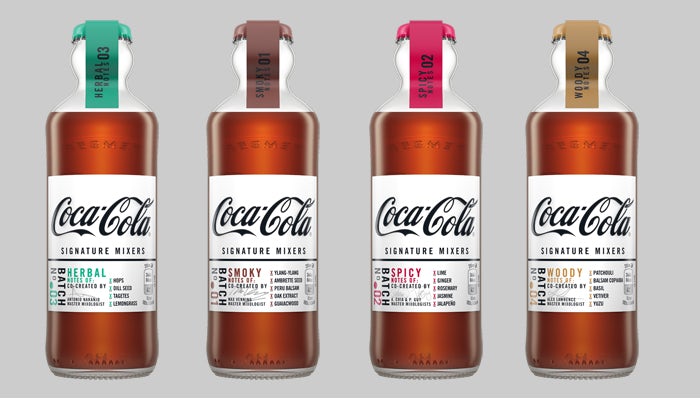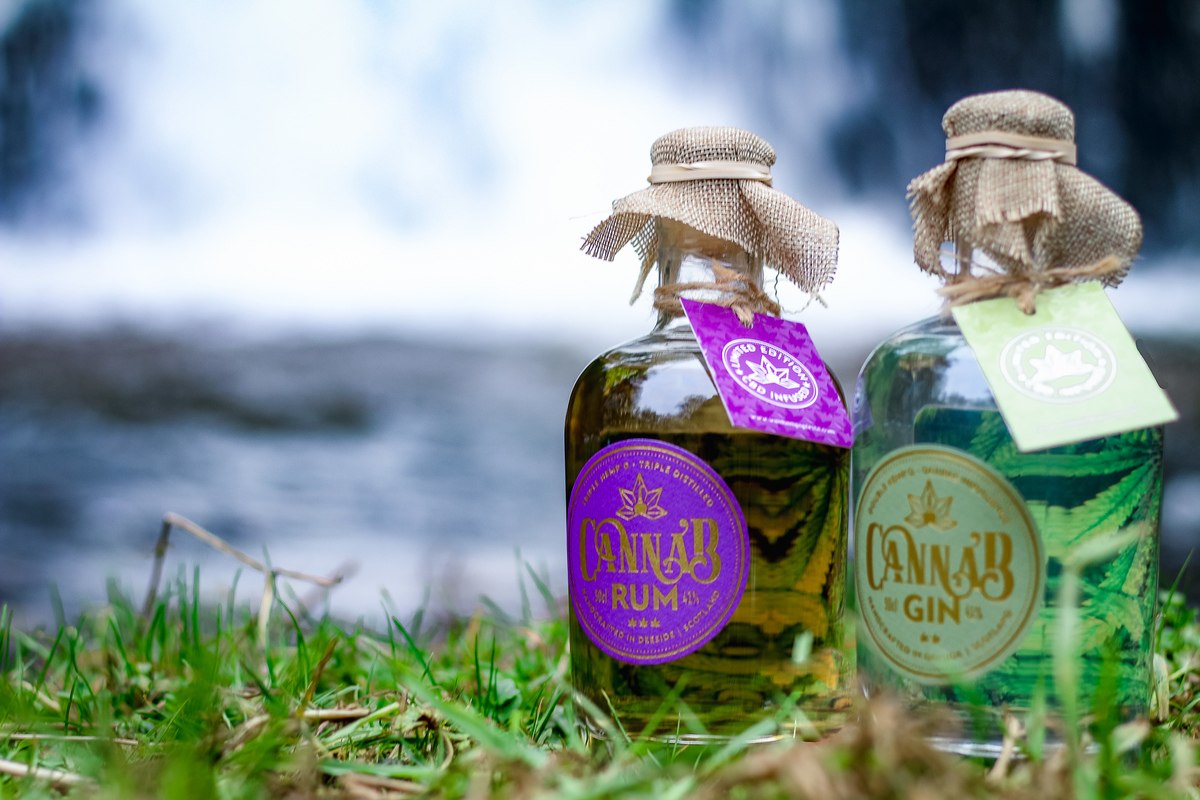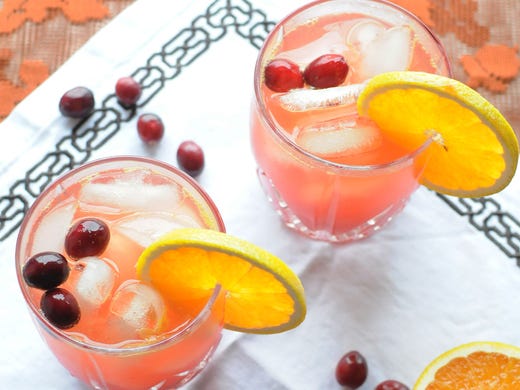
By.Molly Flemming
is launching its first premium mixers under the Coke brand as it looks to expand into growing premium mixer market.
Coca-Cola Signature Mixers features four flavours designed to be mixed with dark spirits, which will launch in the UK from June alongside a fully integrated marketing campaign.
“Coca-Cola has always been part of cocktail culture and history, from the Cuba Libre of the 1900s to some of the world’s best cocktails today,” explains Ana Amura, senior brand manager at Coca-Cola Great Britain.
“Coca-Cola Signature Mixers marks an exciting time for the brand and expansion into dark spirit mixology.”
The move comes as drinkers increasingly opt for more expensive mixers. According to figures from research company CGA, premium mixers are growing at 32.9% compared to the 7% decline seen for mainstream mixers, a trend which is set to continue.
Inspired by the brand’s heritage, Coca-Cola Signature Mixers are served in a contemporary Hutchinson glass bottle, first used by Coca-Cola in 1894 when the product was bottled rather than served at a soda fountain.
The new range, which is available in Smoky, Spicy, Herbal and Woody, was created in collaboration with mixologists and marks the first time Coke has invited outsiders to help develop its own brand.
Coca-Cola asked mixologists to attend a London workshop in March 2018 who were briefed to experiment with ingredients and create mixers to enhance dark spirits.
Consumers were then invited to taste the new recipes, with the four most popular going into production, with each bottle stamped with the signature of its co-creator.
This quick 16-month timeline is a marker of how Coke is trying to streamline its innovation pipelines in order to keep up with consumers’ changing tastes.Continue Reading





 By. Jeffrey Morgenthaler
By. Jeffrey Morgenthaler
